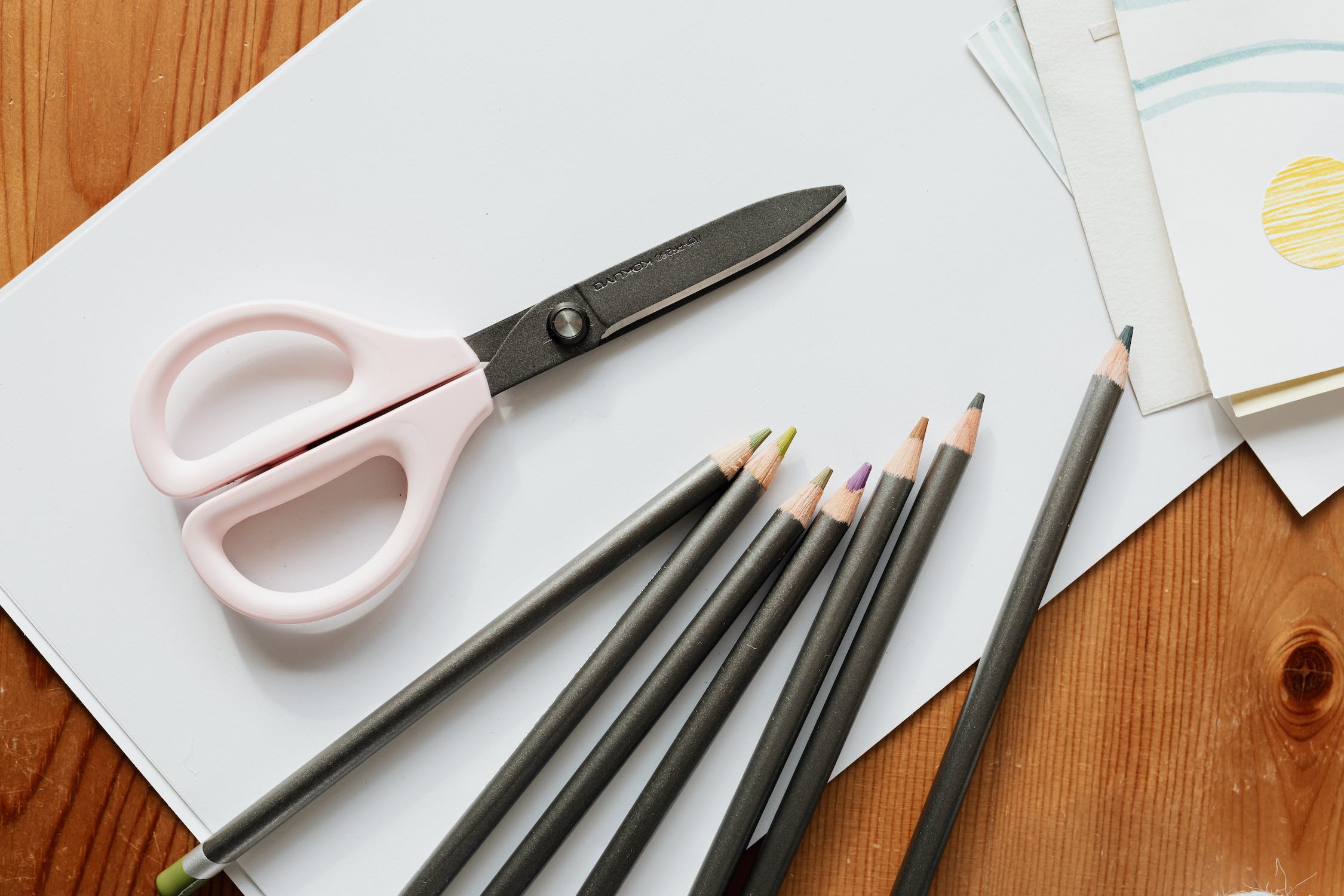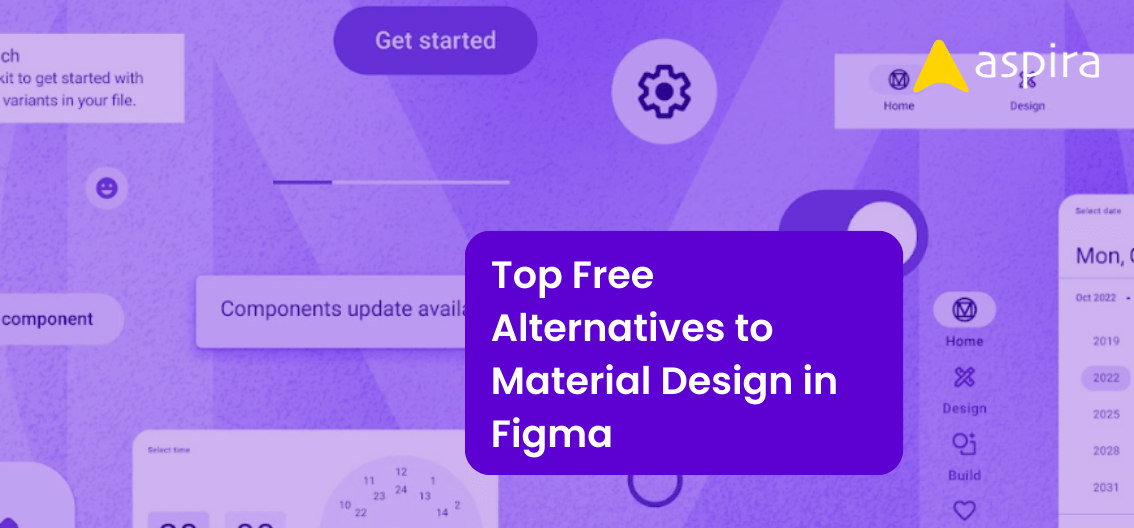UX Design - Mentor & Author.
2 Aug, 2023

Introduction to Choosing a design school
Once you’ve made the decision to learn UX/UI through a design school, you may be left wondering which one to join, as there are numerous schools to choose from, leading to a sense of confusion about selecting the best fit. This article aims to aid you in selecting the most appropriate option, so let’s begin!
The Mode of Studying
I won’t delve into the advantages and disadvantages of online versus offline modes of study, as the choice of mode depends entirely on you. If you are a working professional and the design school is distant, the online mode may be a more viable option.
However, it is essential to ensure that the design school conducts live teaching sessions online, as recorded classes may not enable you to resolve your queries. Alternatively, if you don’t mind commuting or prefer an in-person experience, the offline mode may suit you better. In this case, it’s crucial to verify that the design school offers classes on the days and times that suit you, such as weekends and so forth.
Duration of the Course in Design School
Once you’ve decided on the mode of study, it’s essential to check the duration of the course offered by the school. It’s recommended that you choose a course that spans around three to six months, as most of us would prefer not to spend more time than that. If you want to explore UX/UI in greater depth, pursuing a degree in UX/UI may be a better option for you.
Mentors of the Design School
As the UX industry is booming, there are many individuals teaching others about UX/UI. While this isn’t necessarily a bad thing, some may provide misleading information. Therefore, it’s best to learn from someone with more experience in the industry, as they’ve likely encountered numerous design failures and possess the experience and patience necessary for effective teaching.
When selecting a design school to attend, it’s crucial to ensure that experienced mentors are available. You can do this by talking directly to the mentors or by attending a one-day workshop offered by the school to get to know the mentors better.
Portfolio Creation
Whether you’re a fresher or an experienced designer, a portfolio is a crucial tool for showcasing your design skills before joining a company. Before applying for a job, having a well-crafted portfolio is essential. For instance, imagine two candidates – one has experience in a different design field but only has two projects in their portfolio, while the other is a recent graduate with no prior design experience but has a strong portfolio with five to six projects.
Who do you think would be selected for an interview? Undoubtedly, the candidate with the better portfolio would have a higher chance. However, in today’s competitive job market, simply having a good portfolio may not be enough. Having a diverse range of projects can help you stand out from other candidates during the interview phase. Therefore, it’s important to choose a design school that can assist you in creating a portfolio with a variety of projects.
https://www.behance.net/aspiradesign
Placement Assistance
While having a good portfolio can increase your chances of getting a job by 40–50%, the key to success in the job interview process depends on various other factors, such as how we answer questions, present ourselves, and perform tasks assigned by the interviewer. These skills can only be developed through experience, so it’s critical to confirm whether a design school offers adequate placement assistance and career guidance.
Certain institutions may also have direct connections with companies, providing a slight edge for their graduates. To obtain a better understanding of a design school’s placement procedures and the extent of its career guidance services, consider speaking with current or past students or reaching out directly to the school organization.
Conclusion
Attending a design school is just the beginning of your journey towards your dream career. Once you enroll, it’s essential to make the most of your education and take advantage of every opportunity to improve your skills and knowledge. This includes participating in design competitions, attending workshops and seminars, and building a strong network with industry professionals.
Remember that hard work and dedication are key to success in the competitive world of design. By putting in the effort and taking advantage of the resources available to you, you can increase your chances of achieving your dream job and making a meaningful impact in the design industry.



